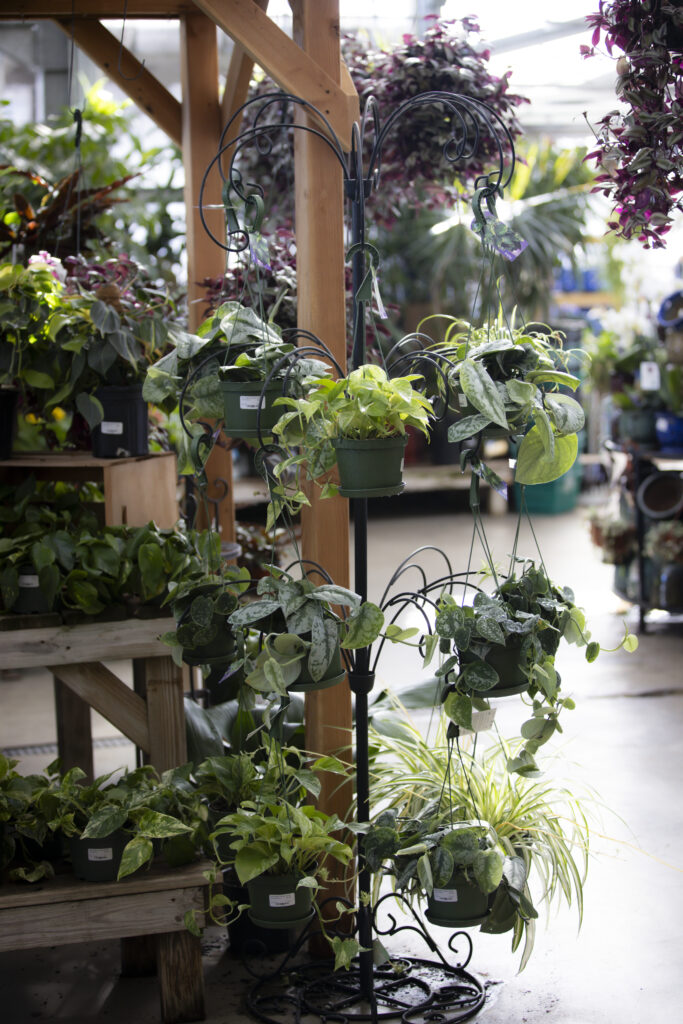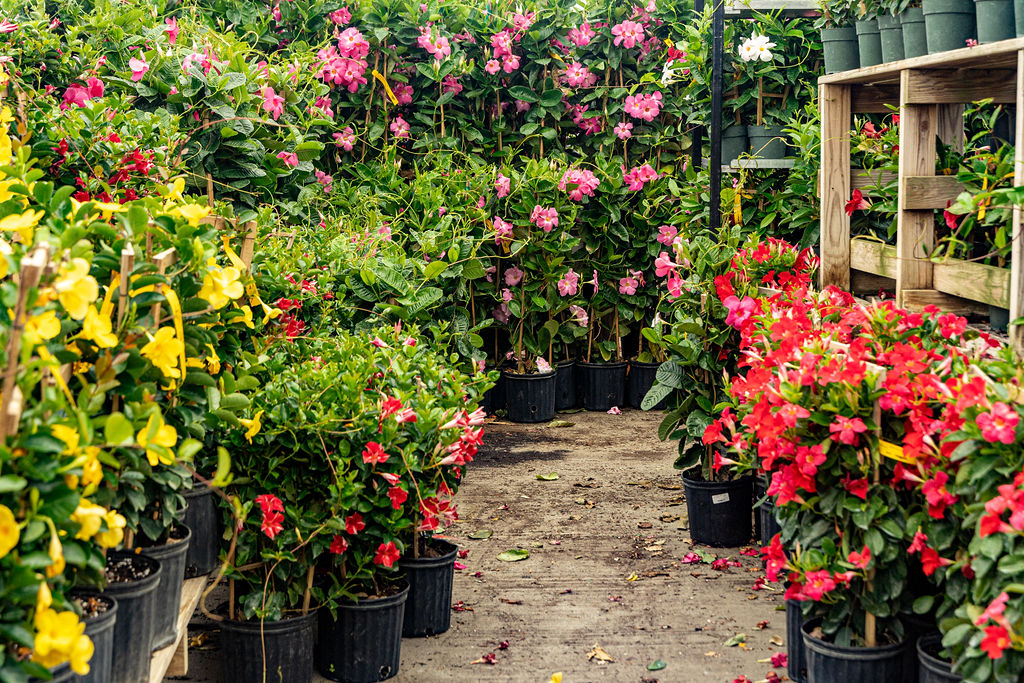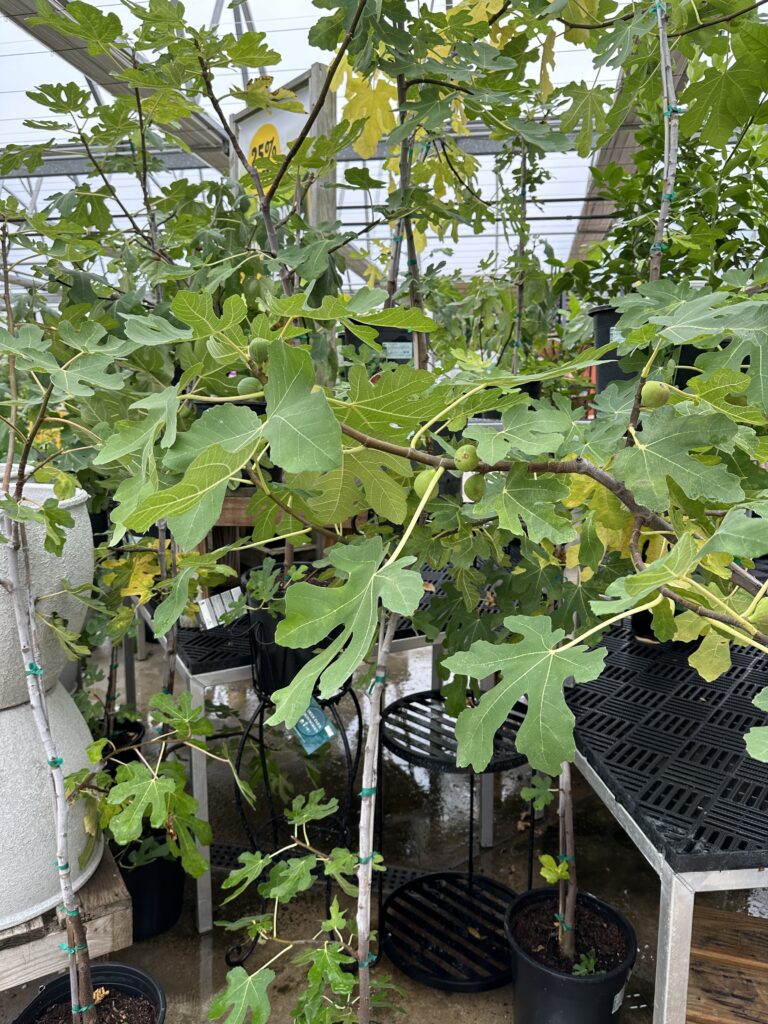Overwintering: HOUSEPLANTS, TROPICALS, CITRUS, & FIGS
Start transitioning your houseplants and tropicals inside for the year! While these plants enjoy being outside to soak up the sun, it’s a good idea for them to come in before temperatures drop too low. When nighttime temperatures consistently dip below 50 degrees, bring heat-loving plants indoors.

Houseplants, Tropicals, & Citrus

Slowly adjust your plants to the changing temperatures before bringing them back inside for the year. Move them from full sun to under a tree or a covered porch. A slow transition will help keep your plants from stressing out and dropping their leaves.
Before bringing them inside, there are a few things you should do:
Trim Off Any Dead or Unhealthy-Looking Branches: This helps the plant direct its energy to all the parts that need it most.
Thoroughly Hose Down Your Plant: Wash off any unwanted hitchhikers that would’ve otherwise come in with the plant, and spray them from top to bottom with Neem Oil.
Treat the Soil: Apply some Neem Max to your plant and use Mosquito Bits to treat Fungus Gnat larvae. This will help keep your plant bug-free from the bottom up. Fungus Gnats can be tough to get rid of once they lay their eggs in the soil of your plants. They look like little fruit flies and are just as much of a nuisance.
Find the Perfect Spot: Pick a sunny window spot (preferably south-facing) for your treasured plants to vacation for the rest of the fall and winter months.
Step Back from Fertilizer: No fertilizing from November to March!
Don’t Stop Watering: Remember to give your plants enough water to ensure it reaches all the way down to the roots. If you only give the plant a little each time, it won’t get deep enough in the soil for the roots to absorb it.
Watch VideoFigs

Figs are very different from the above plants. There are two good ways to overwinter fig trees (both of these methods work well so pick the one that makes the most sense for your plants).
Method #1: Let the Plant Go Dormant
- Let the fig tree get hit by the first frost or two to drop its leaves
- Place it in a cool, temperature-consistent spot – an attached garage or attic works best.
- Give it about 1 cup of water every month during this time to keep it alive but not let it come out of dormancy.
Method #2: Wrap them
- Put stakes and burlap around the tree and fill it with an insulating material, OR depending on how big it is, dig it up and lay it over, putting the burlap and insulating material around it that way.